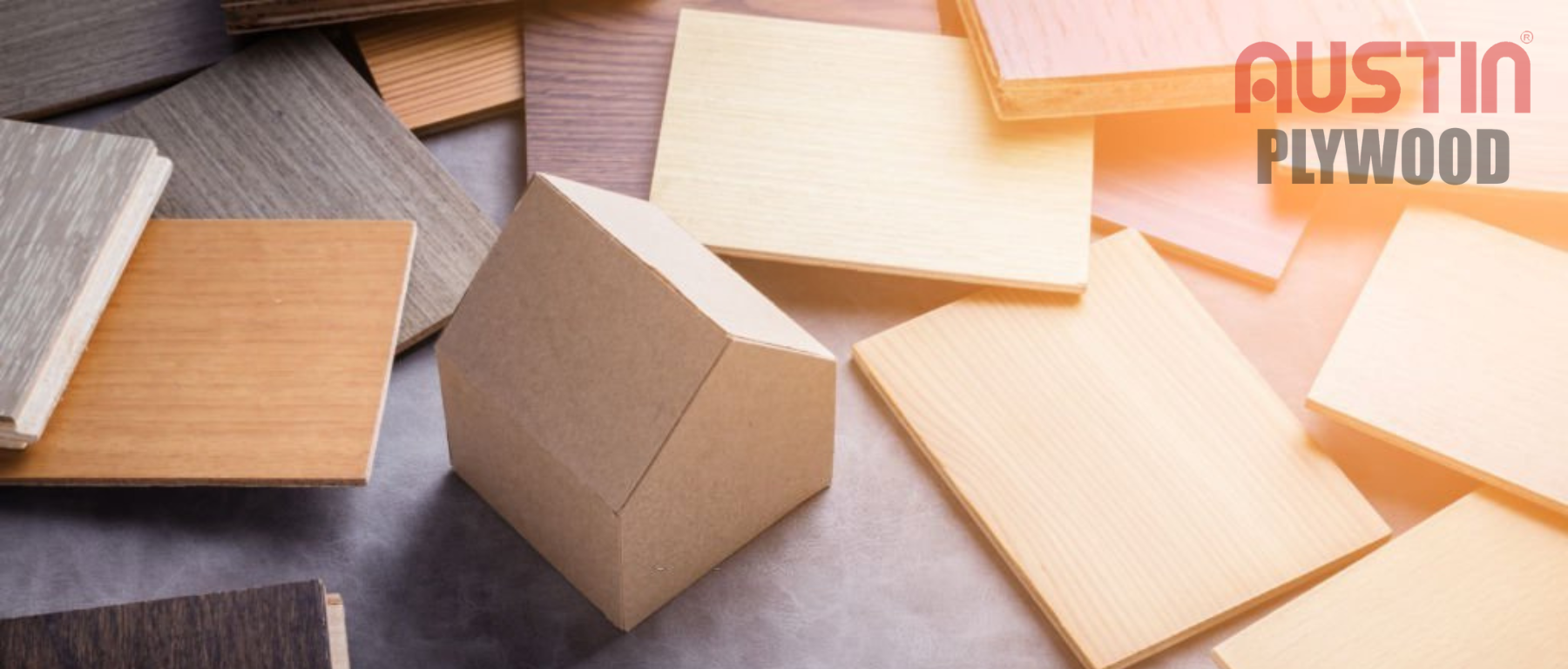
The Essential Checklist For Acquiring The Best Quality Plywood
A strong foundation is imperative for any design to create value. You may invest to build and design an empire but it is only going to thrive when the building block renders strength and durability. Plywood is assumed as a simple, no-brainer structural foundation for your living space accessories, but understanding the material following proper research before investing your resources and trust in a plywood manufacturer will definitely give you a good night’s sleep.
Considering the challenges involved in sourcing the best material for your architecture that will set it apart from the rest, here is a guide to help you choose the best quality plywood for your residential and commercial space.
Let’s get started without further ado.
Determine the Application
Decide where you wish the plywood to be installed.
Considering a Commercial or MR grade plywood will be a good call if you plan to use it for furniture in a dry area such as a bedroom, living room, or study room.
However, consider purchasing BWR Grade plywood or Waterproof grade if you intend to use it in moist and humid environments such as a bathroom or kitchen.
Depending on your usage, we recommend you jot down your plywood requirements and then order accordingly.
You May Like: Identify The Best Plywood For Furniture Using These 4 Tips
Ensure ISI Certification
The Bureau of Indian Standards provides specific guidelines for plywood manufacturing that companies need to comply with while proceeding.
The best quality plywood is always ISI certified. IS: 303 is the standard for Commercial, MR, and BWR grade plywood, and IS: 710 is the standard for Marine or Waterproof Plywood.
Be sure to check underneath the ISI mark for the CML number. Identifying plywood manufacturers is made easier through the CML number.
There is an increased sense of confidence with regards to the quality of plywood, thanks to these certifications.
Obtain a Small Cut Piece Sample
It is never a good idea to rely on trade samples as they are often misleading.
Instead, request the plywood supplier to cut a small sample piece diagonally out of the actual sheet of plywood.
This will allow you to figure out whether the plywood is a full-core full-panel or not, how well it can hold nails and screws, what type of wood is used to construct the plywood, etc. A few pinholes (2mm-3mm) are acceptable, but too many should serve as a red flag.
Enquire About the Plywood Material Before Purchasing
In India, Gurjan wood is most commonly used for plywood production. The wood is slightly heavier and stiffer than usual. In addition, it is robust and possesses a pleasing reddish-brown tinge.
Furthermore, teak wood is also a very sturdy and durable material. Teak wood is characterized by its natural oil within the cells, which makes it naturally resistant to pests and termites.
Such a basic understanding of the material will save you the horror of paying twice as much for standard plywood and having to undergo a renovation sooner.
Always Procure the Best Quality Plywood from a Reputable Brand
Due to the emergence of a myriad of plywood sellers, the intensifying competition has pushed down the price of plywood, causing suppliers to compromise quality in order to keep up.
However, this should not be a cause for concern when you entrust reputable dealers like Austin Plywood to supply you with the best quality plywood.
As part of maintaining the highest level of customer service, a reputable company will understand your budget constraints and always take the time to inform you about the various thicknesses and grades with regard to the task at hand.
Make Yourself Familiar with the Grading System
Usually, plywood is graded by the quality of each face of hardwood veneer. The front face is graded using letters (A–D), with A being the highest and D the lowest. Similarly, grades are assigned to the back face using numbers (1–4), with 1 being the best.
Plywood with a higher grade is smoother and clearer.
Exterior plywood of grade A-A is ideal for wall paneling and rooftops, while plywood of grade C or D should suffice for subflooring.
You May Like: Area Wise Explanation Of Best Quality Plywood For Home Interiors
Inspect the Plywood Sheet Physically
Consider performing the following tests if you don’t want to settle for anything less than the best quality plywood:
-
Ensure that the plywood has a wood face veneer and not a recon face veneer; else, the laminate will not adhere easily.
- Check for consistency in thickness at all four corners
-
Examine the plywood edges and confirm that the core layers are visible as straight lines without void/gaps or overlapping.
-
Slowly run your hands over the flat surface of the plywood for signs of undulation. Sheets of plywood that are warped in multiple directions, resembling potato chips, resulting in an ugly finish once laminated or polished.
-
Knock on the center of plywood to make sure it’s not hollow and make similar noises in all the nooks and crannies.
-
Beware of stained plywood; it is caused by a reaction between oak tannin and steel. It won’t be possible to sand them out either.
Wrapping Up
Here ends our comprehensive guide on tips for buying the best quality plywood to kickstart your next renovation project.
It is a good idea to bookmark this quick, easy-to-follow checklist so you can refer back to it later. Also, remember to pass on the fresh wisdom to someone who would equally benefit from it.
